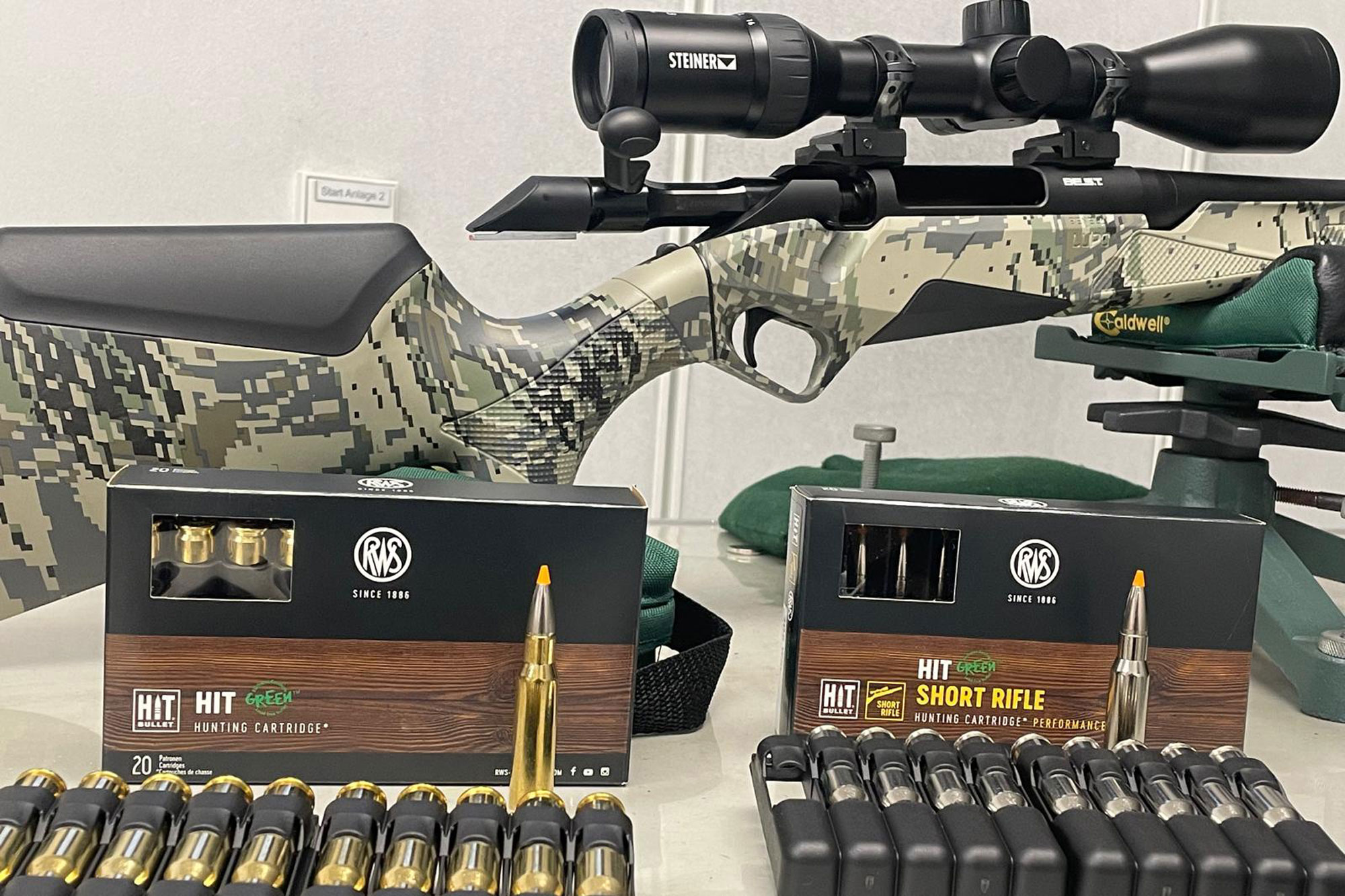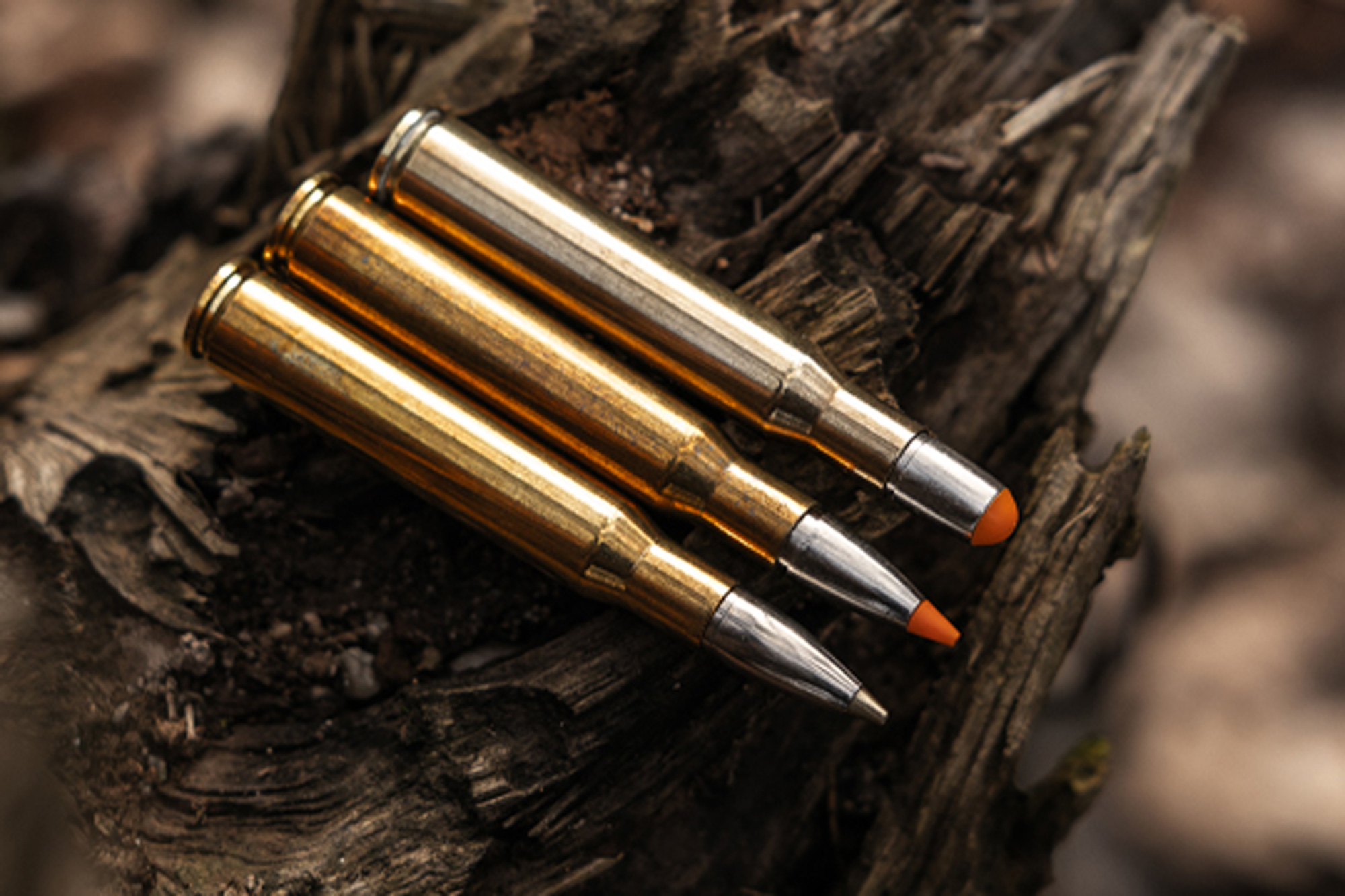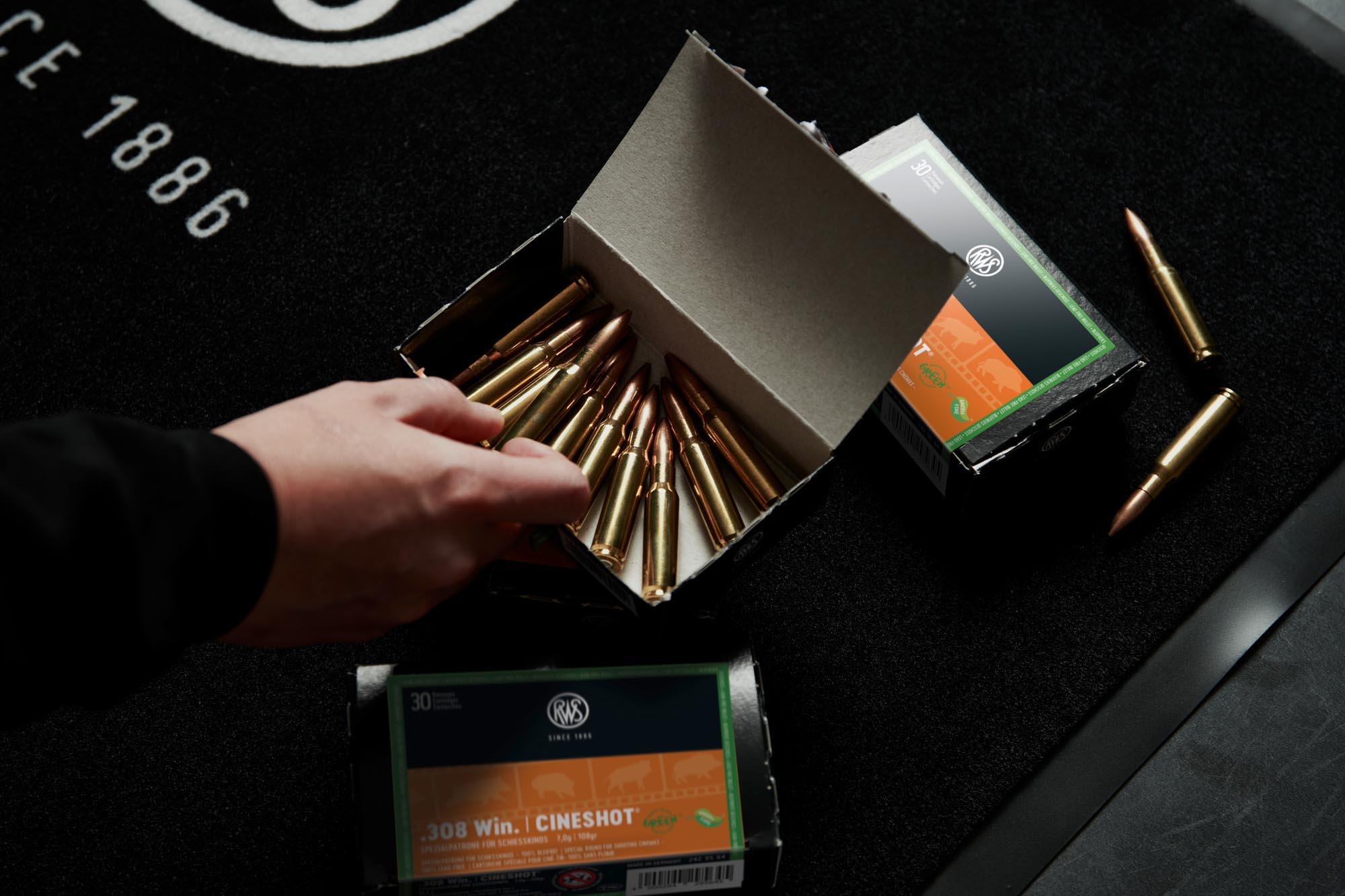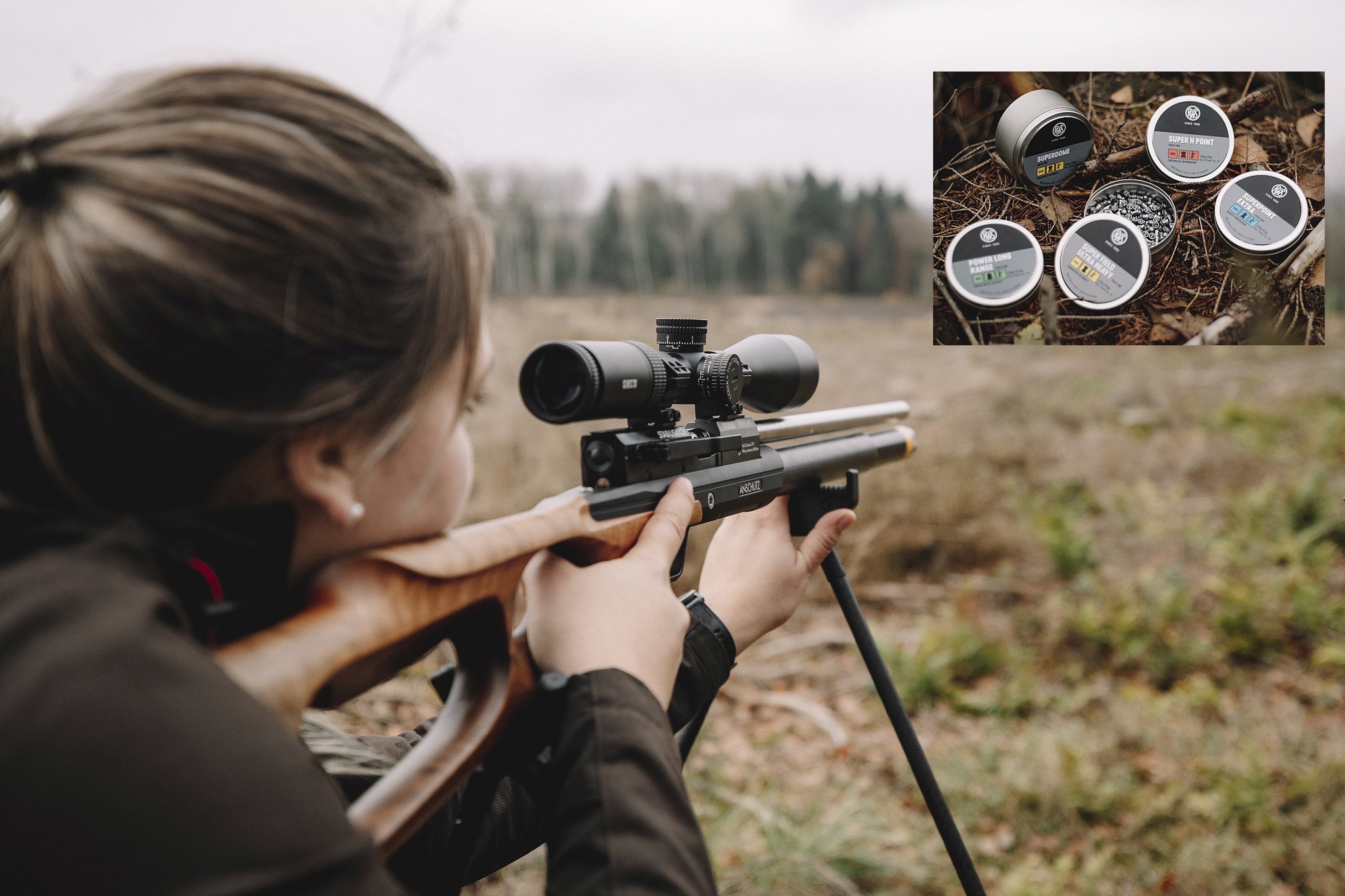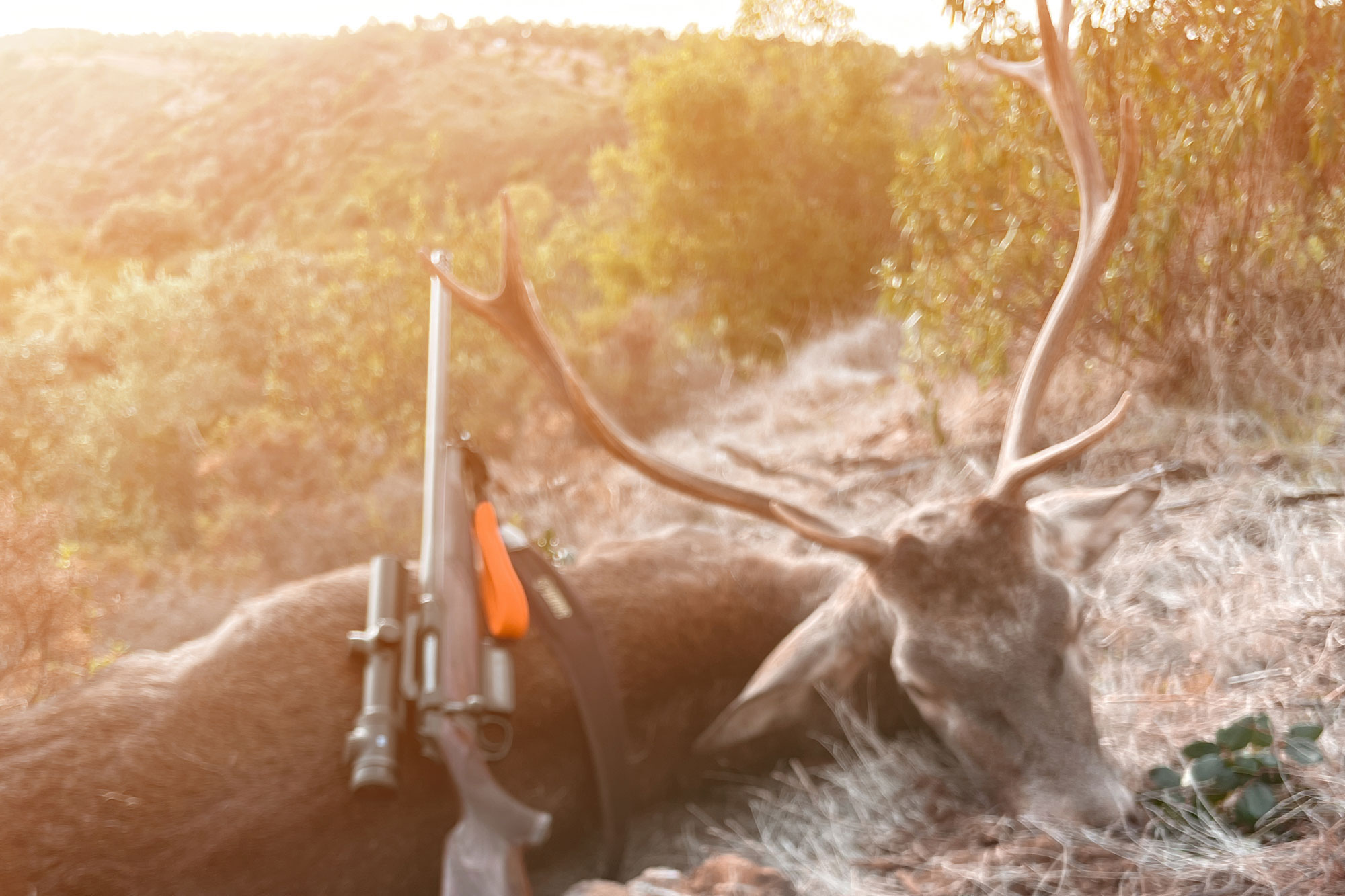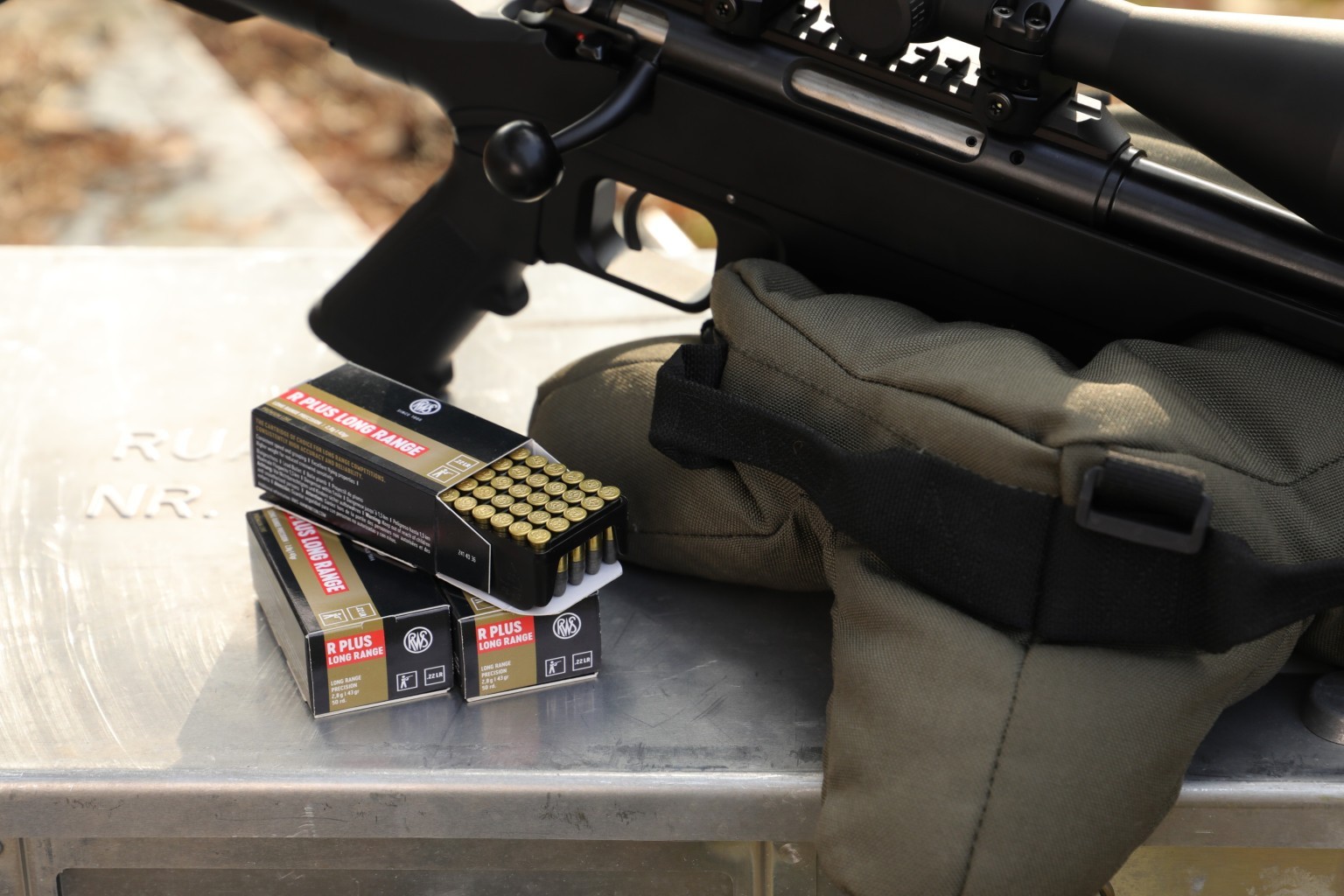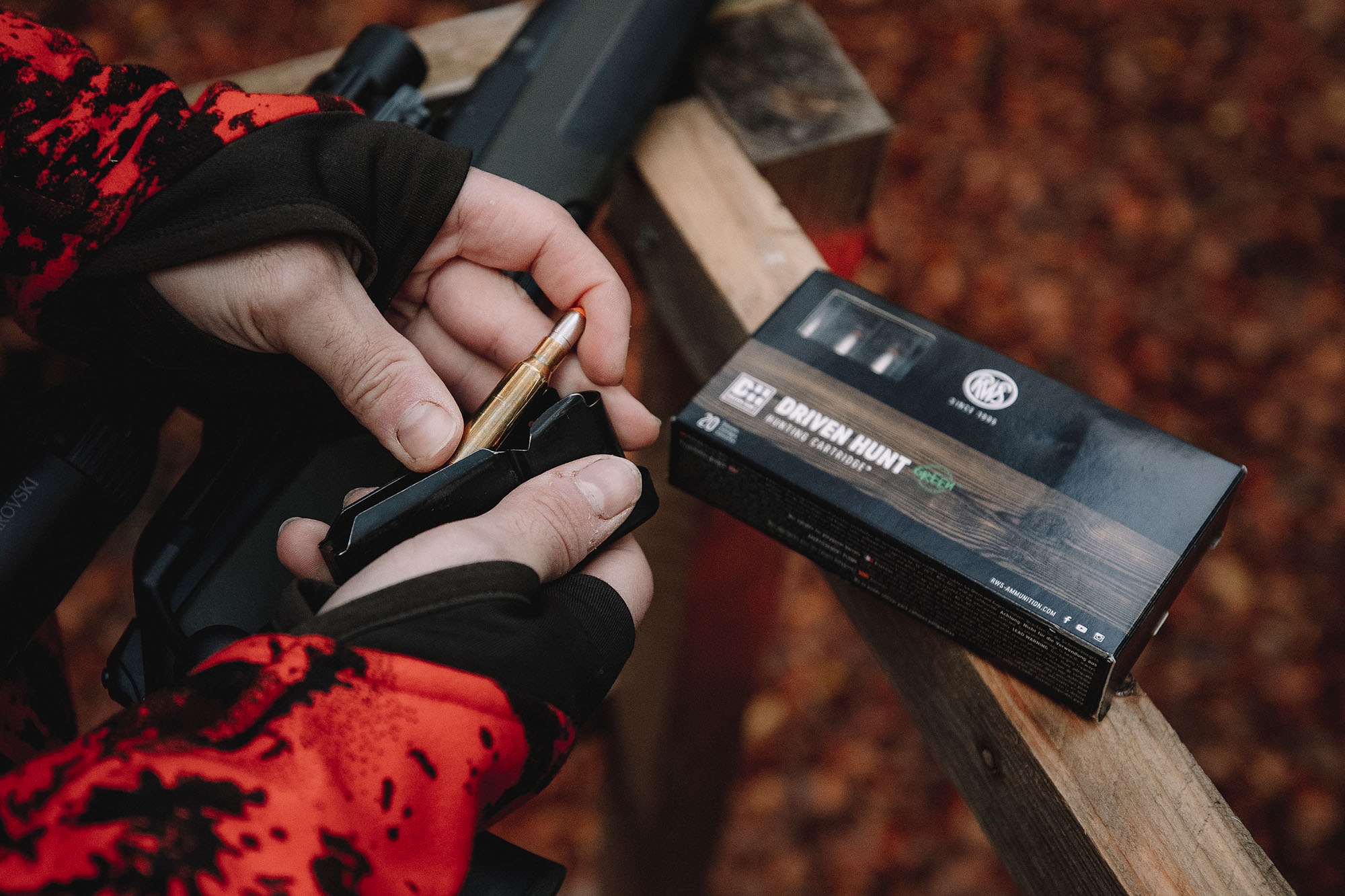Success in sport shooting depends on how well shooters can harmonise various factors. Leaving shooting clothes, fitness and psychology to one side, the core factors are the rifle, pistol and ammunition. Even if the nominal caliber is prescribed in the sporting regulations – 4.5 mm for air guns and 5.6 mm/.22 Long Rifle for rimfire disciplines – this alone is not enough as an indication for the selection. Because there are always minimal differences in the production of the individual manufacturers' barrels and because barrels of different lengths also swing differently, it is worthwhile to find the ammunition with the tightest shot pattern for "your" sporting gun. And then to buy as much of it as possible in order to use this ideal combination for as long as possible. This is because the total quantity of a "lot", as the minimally different production series are called, is limited to just a few thousand rounds for manufacturing reasons. It is therefore not possible to buy unlimited quantities or to buy more years later.
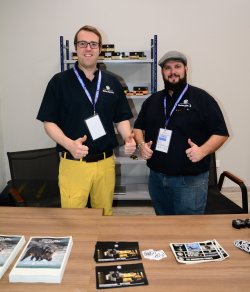
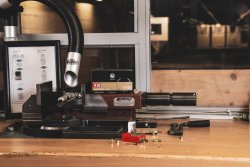
Unfortunately, it is possible neither to find this out online by dimension or manufacturer's name, nor to measure the barrels mechanically – a barrel with an internal diameter of 4.49 mm can score very well with 4.48 or 4.50 mm pellets and only mediocrely with "apparently suitable" 4.49 mm pellets. So there is no getting round the practical test. Ammunition manufacturers have developed special devices to "test fire" sporting guns with repeatable accuracy and without external influences. For over a quarter of a century, ammunition manufacturer RWS has been operating a test shooting range at its headquarters in Fürth, Germany, where pistols and rifles for the Olympic shooting disciplines (including biathlon) can be tested with a wide variety of ammunition lines. As a rule, the gun owners themselves come to Fürth by appointment to take part in the test shooting, to talk shop with the experienced staff and finally to purchase a large quantity of the best "batch" of ammunition from their dealer. You also learn a lot about the sensitive interaction between gun and ammunition from absolute experts; bullet velocity and care when loading also play important roles.
Shooting at the RWS test range in Fürth
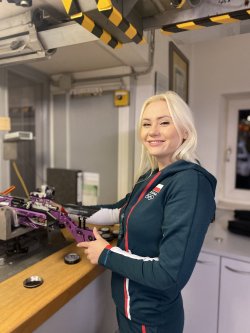
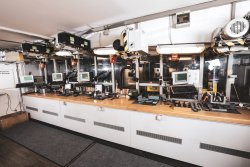
This route is mainly used by sport shooters from the German Franconia region; customers who live further away usually get together with several club colleagues and turn the shooting date into an outing with the character of an event. However, foreign RWS customers in particular are rarely able to do this. It is true that top international shooters sometimes travel to Fürth before the start of the competition season if this is part of an upcoming visit to Germany. However, this is limited in terms of time, especially as the RWS team itself is travelling to World Championships or other international events (more on this below).
The test takes place at the indoor shooting range in Fürth and is therefore independent of the weather. A total of five ranges are equipped with target train systems as well as electronic target displays, which can be shot at ranges of 10, 15, 25 and 50 meters with clamped guns. Ammunition is already included in the low user fee. Trained specialists carry out the tests and are on hand to provide assistance. For air guns, the tests are carried out with the tried and tested RWS R10 pellets in two weight classes (0.45 g mainly for air pistols and 0.53 g for air rifles) and in head dimensions of 0.48 to 4.50 mm, graduated in hundredths of a millimeter – after all, this is a precision sport.
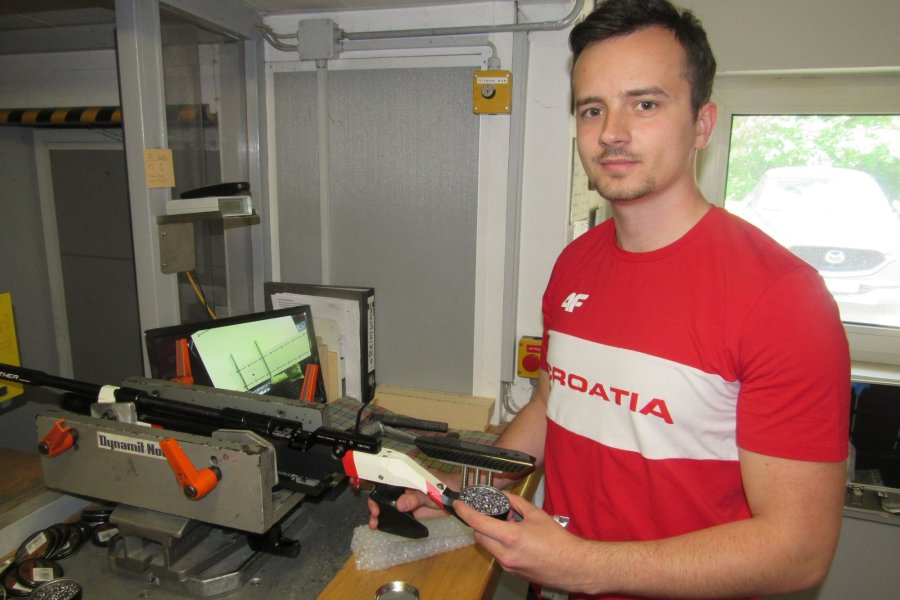
In Fürth, the premium ammunition types RWS R 50 and RWS R 100 and the RWS Special Match are available for rimfire rifles, while the RWS Pistol Match SR and the RWS P25 are available for sport pistols. The modern electronic scoring is particularly necessary and convenient for match guns, as the groupings of the individual ammunition lots only differ by tenths, especially in the case of air guns, and the electronic scoring can also output a theoretical ring score on the competition target. This shot score result is becoming increasingly important for shooters due to the tenths scoring.
In general, however, it is not always the absolute smallest group that counts, but rather that the shot groups are round in shape. This is why the muzzle velocity is also measured at the same time, as this is often the cause of possible outliers. Due to the high number of rimfire cartridges fired there every day, special extraction devices above the gun breech ensure clean air, for RWS employees and visitors alike.
The RWS team on the road: the mobile test shooting range for air guns is often on the move
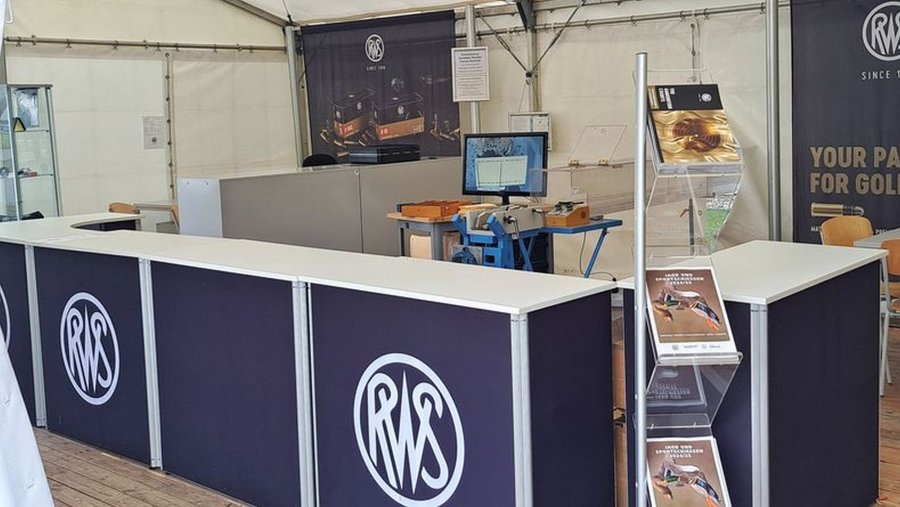
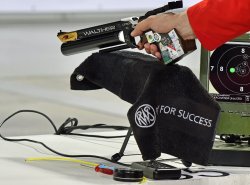
For some time now, it has also been possible to take advantage of this special RWS service at major international competitions. Florian Schmidt (41), head of the RWS test shooting range, then packs his bags and his mobile 10-meter test range and visits the major ISSF competitions, as well as the heavily attended German championships for benchrest shooters in Dortmund. The fact that the World Cup circus has also been back at the Olympic shooting range in Hochbrück near Munich since May 2024 is a good thing, as RWS already operates a large tent with permanently standing containers there, from which shooting can be carried out in a safe Plexiglas tunnel. The transportable clamping device makes it possible to clamp the rifle with the stock and, depending on the model, the air pistol on the air bottle or on the trigger guard – the previously customary clamping of the barrel sometimes distorts the results and ignores the tiny vibrations produced by the overall structure of the stock, action and barrel. This means that the athletes who travelled to the last World Cup from almost 100 countries can also have their guns tested and order supplies (which are then handled by the respective RWS wholesalers in their home countries for weight and gun law reasons).
You can find out all about the procedure at the RWS test shooting range and where you can register on the ammunition manufacturer's special website.



